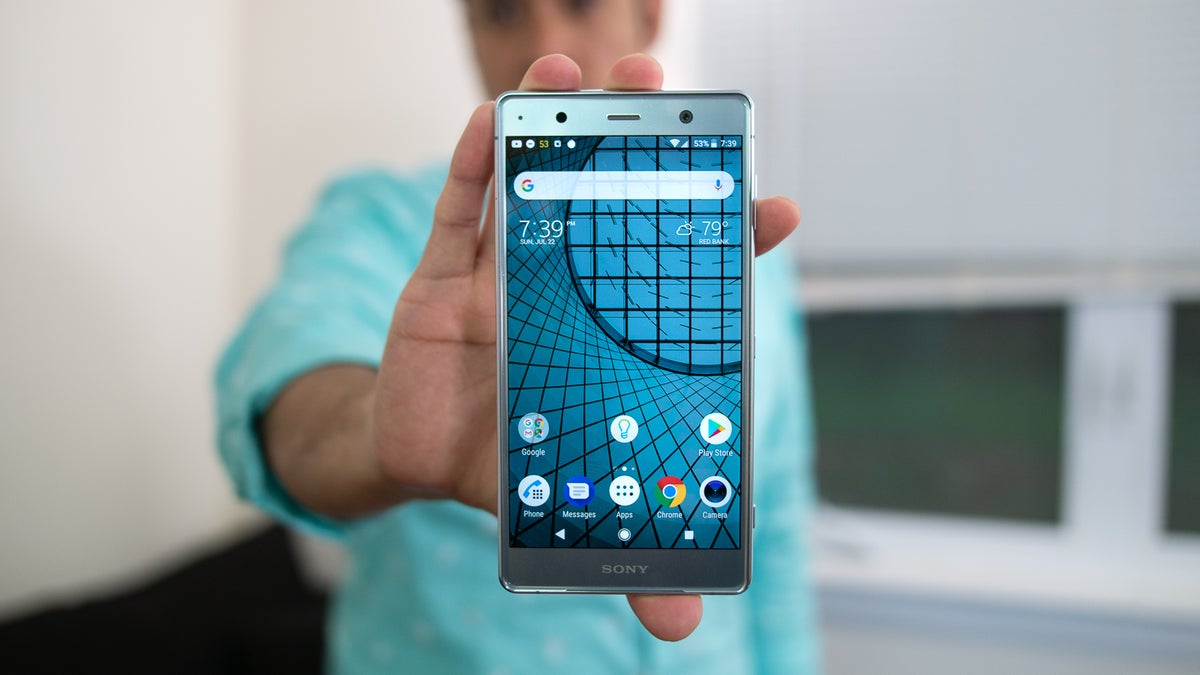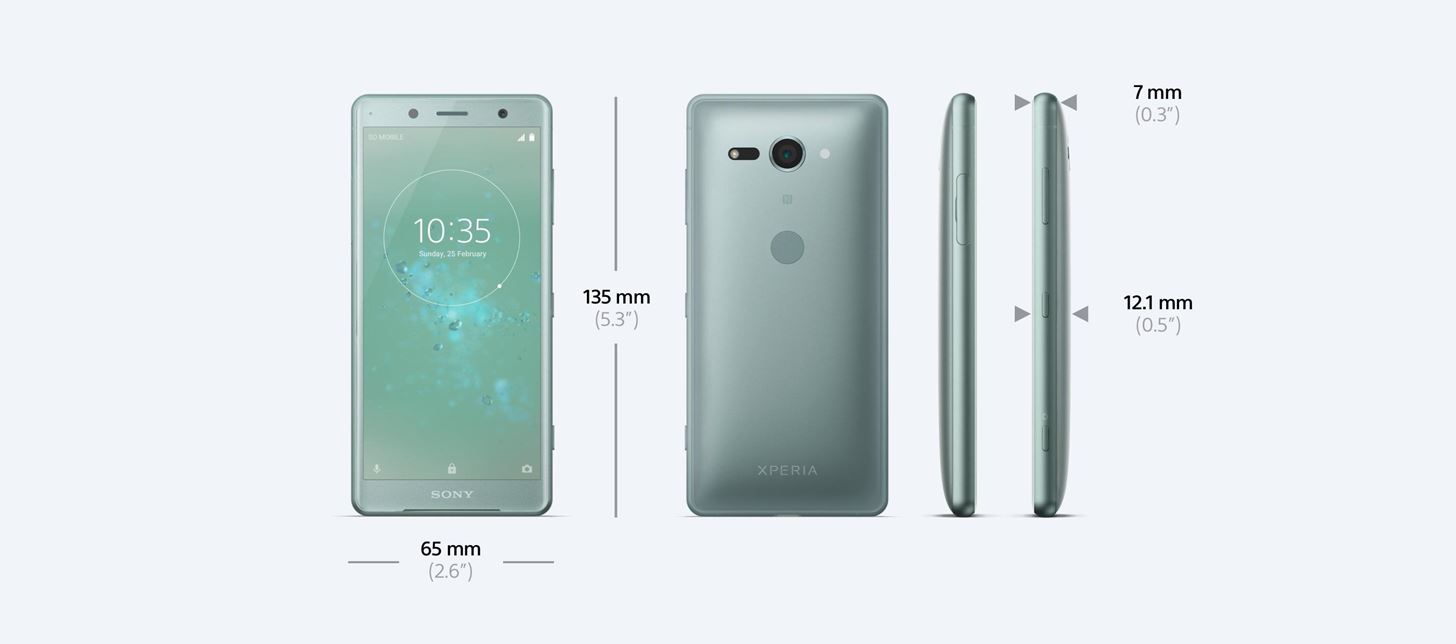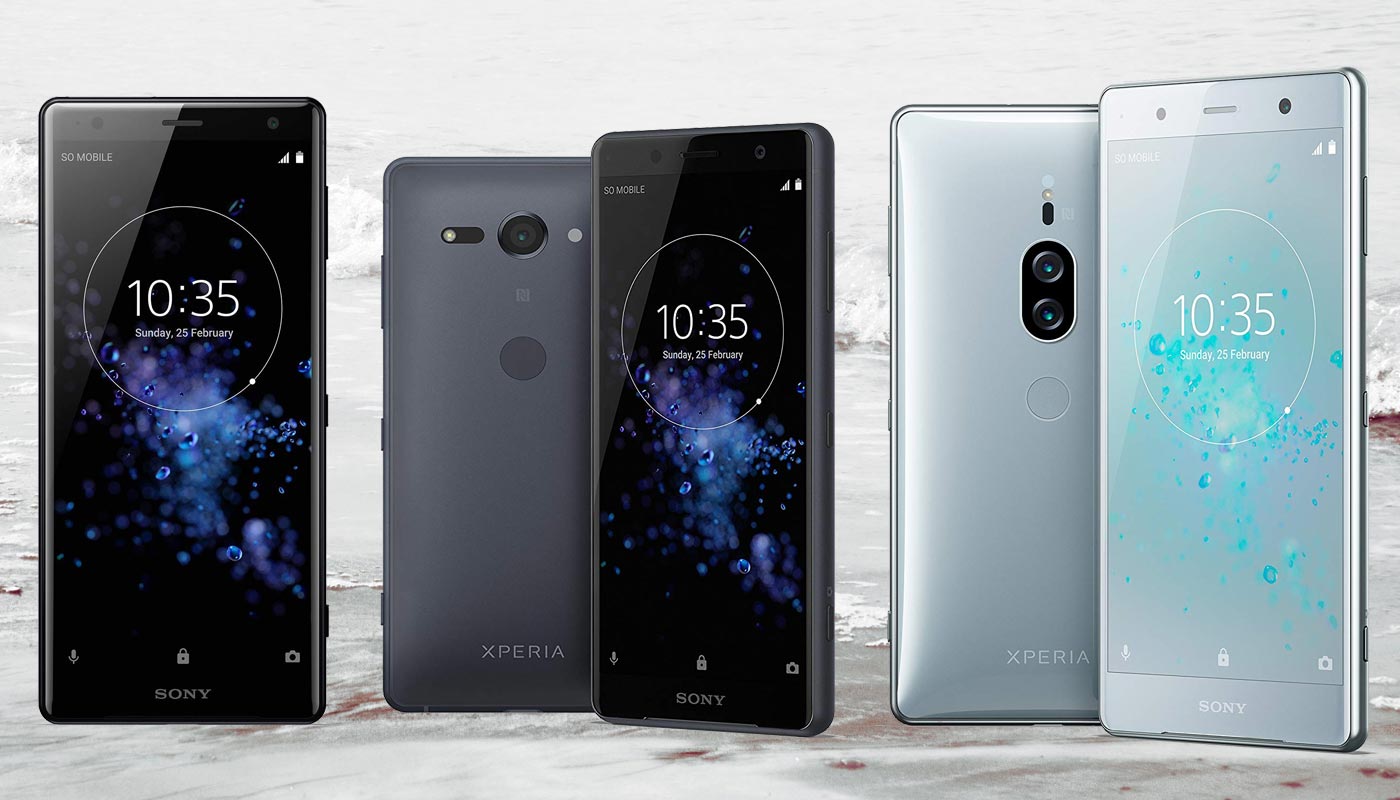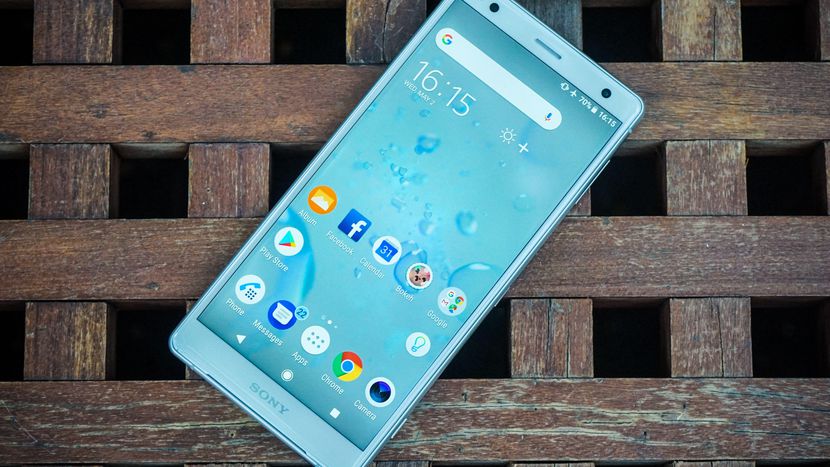

The 5-inch LCD screen is protected by Gorilla Glass 5, and it packs an 18:9 aspect ratio with 2,160 x 1,080 pixel resolution. There’s a USB Type-C to 3.5mm headphone jack converter in the box, too. There’s no headphone jack, but Sony supports a wide-range of high-resolution audio formats, including AptX HD, ensuring your music sounds good over Bluetooth.

There are two front-facing speakers, and while the bass isn’t as punchy as we’d like, the audio gets plenty loud to hear even outdoors - handy if you want to watch a movie or YouTube video at the park. Over on the bottom edge is a USB Type-C port for charging. We’d have liked to see the power button a tad higher - it’s a little too centered for our grip - but adjusting the way we held the phone fixed this issue. We especially love how little space the XZ2 Compact takes up in pant pockets.Īll the buttons are on the right edge, with a volume rocker up top, a power button in the middle, and a camera shutter button at the bottom. We especially love how little space the XZ2 Compact takes up in pant pockets. The rear curves inwards at the sides, making it ergonomic and comfortable to hold, and there’s a nice weight to it that makes it feel like a solid, well-built phone. With a 5-inch screen, the XZ2 Compact will easily fit in every palm.

The highlight of this phone is in its name it’s all about size. Update: We’ve confirmed that our unit is a pre-production unit, which is why it hasn’t received any software updates. In fact, it’s one of the best options if you’re looking for a small phone today. While the Xperia XZ2 Compact doesn’t have the same vibration system or sleek design language of the Xperia XZ2, its differences make it a better phone. Smartphone manufacturers often reserve special features for large-screen phones too - the Google Pixel 2 has a duller design compared to the Pixel 2 XL the Samsung Galaxy S9 doesn’t come with a dual-lens system, unlike the S9 Plus and HTC launched the U12 Plus without a regular-size U12 at all.īut Sony hasn’t given up.

Phone screens continue to get bigger and bigger, and the International Data Corporation reports that “phablets” will overtake regular smartphone shipments by 2019. Like station wagons and iPod repairmen, small phones are a dying breed today.


 0 kommentar(er)
0 kommentar(er)
